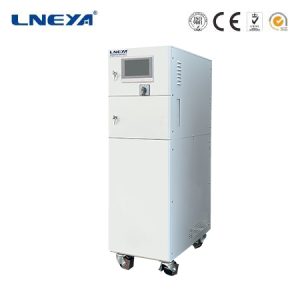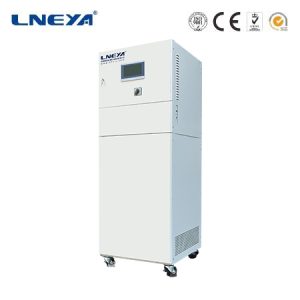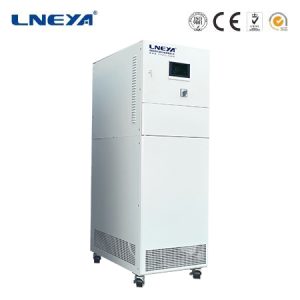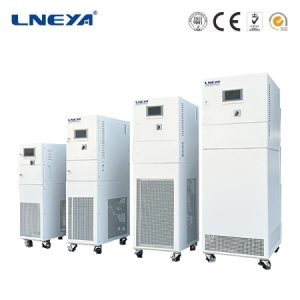Air-Cooled Chiller Efficiency: Maximizing HVAC Energy Performance
Introduction
Air-cooled chillers are widely used in HVAC systems for their ability to provide reliable cooling. However, their efficiency can be significantly influenced by various factors, including environmental conditions, system design, and operational practices. This article aims to provide a comprehensive understanding of air-cooled chiller efficiency and the strategies to enhance it.

Understanding Chiller Efficiency
The efficiency of air-cooled chillers is typically measured using kW/Ton, which represents the amount of power input in kW required to produce one ton of refrigeration. A lower kW/Ton value indicates higher efficiency. Other metrics include the Coefficient of Performance (COP), which is the ratio of the cooling output to the power input, and the Energy Efficiency Ratio (EER), which compares the cooling capacity in BTUs to the power input in Watts.
Factors Affecting Chiller Efficiency
Proper Sizing: An oversized chiller cycles on and off more frequently, reducing efficiency, while an undersized chiller fails to meet the cooling demand.
Regular Maintenance: Clean condenser coils and proper refrigerant charge levels contribute to optimal performance.
Environmental Factors: High ambient temperatures can reduce efficiency, as can dirty air filters that restrict airflow.
System Design: The integration of variable frequency drives (VFDs) on fan motors can significantly improve efficiency by allowing variable speed operation.

Calculating Chiller Efficiency
To calculate the efficiency of an air-cooled chiller, the following formulas are used:
kW/Ton: Chiller Efficiency = Power Consumption (kW) ÷ Chiller Capacity (RT)
COP: Coefficient of Performance = Cooling Output (kW) ÷ Power Input (kW)
EER: Energy Efficiency Ratio = Cooling Capacity (btu/hr) ÷ Power Input (W)
Strategies for Enhancing Chiller Efficiency
Optimize Chiller Sequencing: Proper sequencing of multiple chillers can enhance overall system efficiency.
Implement Variable Speed Drives (VFDs): VFDs on chiller compressors and fans can improve efficiency by modulating capacity to match load demand.
Regular Servicing and Maintenance: Keeping the chiller clean and well-maintained ensures maximum efficiency.
Use of Advanced Controls: Modern controls can predict load demands and adjust chiller operation accordingly.

Maintenance and Efficiency
Routine maintenance is crucial for maintaining chiller efficiency. This includes:
Cleaning: Regularly cleaning the condenser coils and air filters.
Inspection: Periodic inspections to detect and rectify potential issues.
Refrigerant Management: Ensuring the correct refrigerant level and type for optimal performance.
Conclusion
Air-cooled chiller efficiency is a critical aspect of HVAC system performance. By understanding the factors that affect efficiency and implementing strategies to enhance it, facility managers can significantly reduce energy consumption and operational costs. Regular maintenance, proper sizing, and the use of advanced controls are key to achieving and maintaining high efficiency levels in air-cooled chiller systems.
 LNEYA
LNEYA
 简体中文
简体中文













































































